For many, normal facial recognition — used in the daylight — has become a facet of everyday life. Whether it’s for identity verification to unlock a smartphone, or trivial social media camera filters — it seems the technology is everywhere.
However, at the U.S. Combat Capabilities Development Command Army Research Laboratory just outside of Washington, D.C., scientists are on the forefront of bringing facial recognition technology into the future, capable of identifying figures in the dark, as experimental tests kick off.
The cutting-edge technology uses artificial intelligence, machine learning techniques, and state-of-the-art infrared cameras to identify facial patterns by using the heat signatures from living skin tissue any time of day, said Dr. Sean Hu, U.S. Army Research Laboratory Intelligent Perception Branch team lead.
Infrared light is an invisible, heat-sensitive energy that can be felt when warmth is emitted from objects.

“At ARL, the US Army’s corporate research laboratory, Hu — and a team of scientists who work collaboratively with industry and academia as well as other DOD organizations — have developed the initial algorithm to tie data into integrated software and hardware platforms that will eventually get into the hands of Soldiers.
The new technology, although nearly five years in the making, uses thermal imaging to detect the electromagnetic waves needed to distinguish heat signatures. Then, artificial intelligence is applied to the blurry thermal images to increase the quality of the image to render a photo-realistic composite and map key features of the face. AI is then used to compare the image with an existing data bank of mug shots.”
Once an infrared image is taken, the thermal technology will automatically cross-reference it against existing biometric face gallery databases and watch lists containing visible face imagery, he said, adding this will help Soldiers make quicker, safer and more intelligent decisions on the battlefield.
Right now, the algorithm used to couple the thermal imagery to the image databases are roughly 90% accurate on a controlled test dataset, Hu said, but further research into the applications will improve those numbers.
Facial recognition technology and thermal imagery are nothing new for the US Army, but combining them is revolutionary.
Infrared is commonly found on Soldiers’ body-worn cameras, and in aerial and ground vehicles, Hu said. Conventional facial recognition software — typically in well-lit conditions using normal cameras — is used on the battlefield.
As for now, ARL and its partners plan to continue maturing the algorithms and developing prototypes for experimental and then field testing in operationally relevant environments within the next two years.



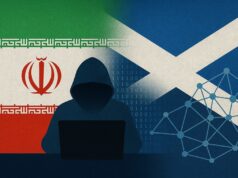
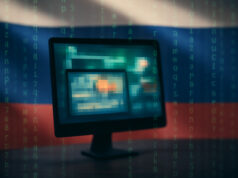
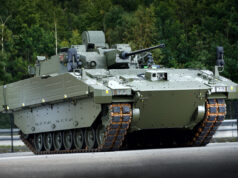
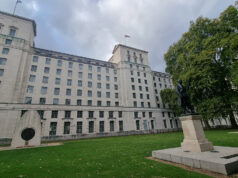
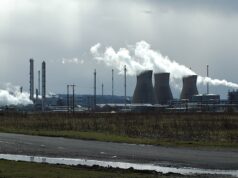

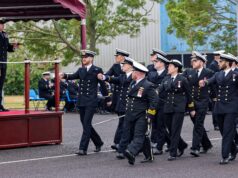




That’s pretty cool, but I do have some reservations about facial recognition in general at the moment. It’s fairly broadly recognised that it isn’t very good with non-white faces, which is a problem even for non-social justice warriors. Even more so, if you’re mis-identifying innocent Malian civilians as AQIM or ISIS fighters (for example).
I think they should get the normal technology on point before they start using it with lower definition vision systems like night vision, or at least run that in parallel.
So here is an idea, could you get this system to recognise a soldiers kit? that is what we do now for the most part, easy in Afghan “is he waring a dishdash carrying an AK?” it will be harder in a contemporary conflict with both sides wearing body armour.
Better still, how about vehicle recognition to aid counter fratricide?
BV
Osama bin Laden’s doppelganger must be crapping himself!